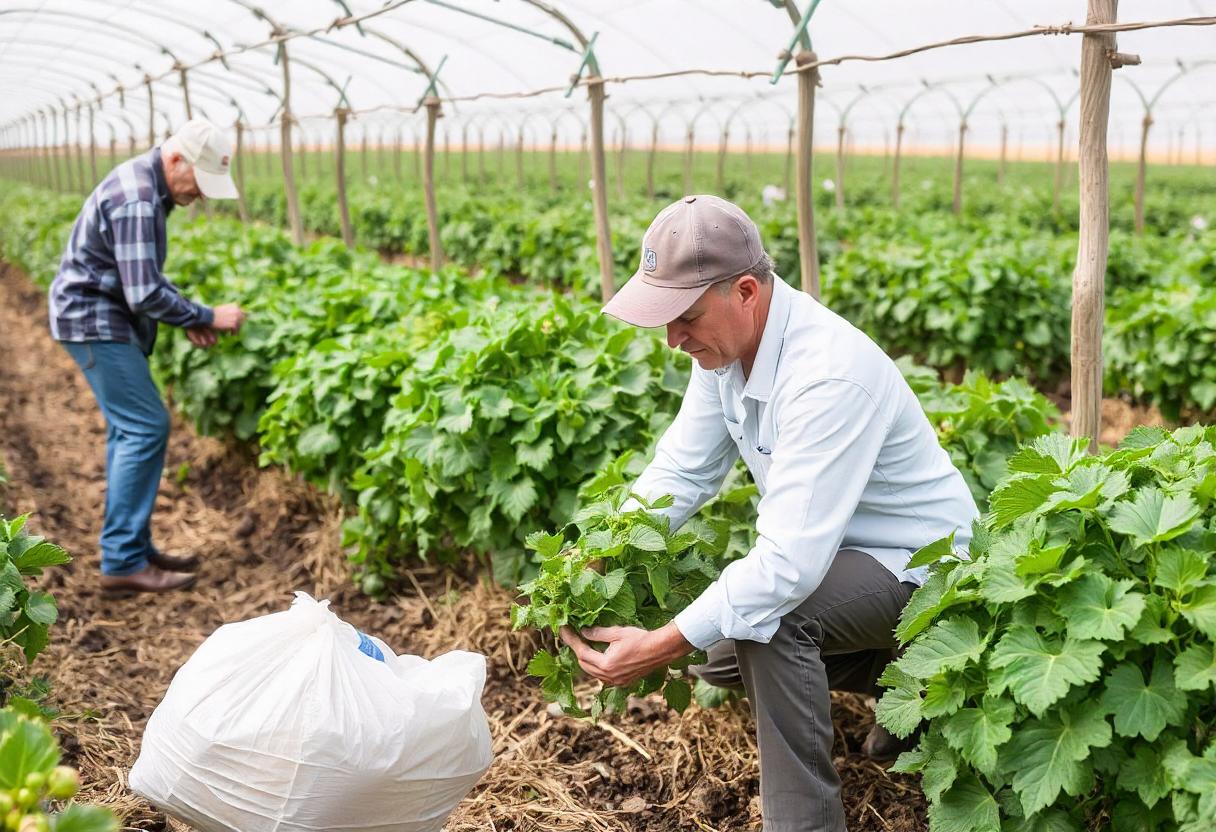
Introduction
Post-harvest loss refers to the reduction in the quantity or quality of food after it has been harvested but before it reaches the consumer. This issue is prevalent in many agricultural systems and can lead to significant financial and food security challenges. Implementing effective post-harvest loss prevention techniques is crucial for preserving food and ensuring that it remains available for consumption. Below are some key methods to reduce post-harvest losses.
Proper Harvest Timing
One of the first steps to minimizing post-harvest losses is ensuring that crops are harvested at the right time. If harvested too early, crops may not have reached full maturity, which can affect both yield and quality. On the other hand, harvesting too late can expose crops to environmental factors like pests and disease, leading to spoilage. Farmers must monitor crop maturity closely and use appropriate tools to determine the optimal time for harvest.
Use of Efficient Harvesting Equipment
Utilizing modern and efficient harvesting equipment is essential in minimizing losses during the actual process of harvest. Traditional harvesting methods often lead to damage to the crops, particularly in the case of fruits and vegetables, which are highly susceptible to bruising. Modern equipment is designed to handle crops gently, reducing physical damage and spoilage.
Adequate Drying Techniques
For crops such as grains and legumes, drying is a critical post-harvest step that helps prevent the growth of mold and the development of other spoilage factors. Crops should be dried to an appropriate moisture level using solar drying techniques, mechanical dryers, or other methods that maintain their quality. Inadequate drying can lead to fungal contamination and loss of nutritional value.
Controlled Storage Environment
A proper storage environment is vital in preserving the quality of harvested crops. Controlled temperature, humidity, and air circulation can help prevent spoilage caused by mold, pests, and oxidation. Modern storage solutions, like climate-controlled warehouses and silos, are designed to maintain optimal conditions for a wide range of crops.
Use of Hermetic Storage Bags
For small-scale farmers, hermetic storage bags offer an affordable and effective solution for minimizing post-harvest losses. These bags create an airtight environment, preventing moisture, insects, and oxygen from entering and damaging the stored crops. Hermetic storage is particularly useful for grains and legumes, as it reduces the need for chemical pesticides.
Effective Pest Management
Pests are one of the primary causes of post-harvest losses. Insects, rodents, and birds can cause significant damage to stored crops. Implementing integrated pest management (IPM) strategies, such as using traps, biological controls, and eco-friendly pesticides, can help reduce the impact of pests on stored produce.
Proper Handling and Packaging
Post-harvest losses can also occur during transportation and handling. Crops need to be handled with care to avoid physical damage, particularly perishable produce such as fruits and vegetables. Using appropriate packaging materials that provide cushioning and protection against impact can help prevent bruising and spoilage during transit.
Use of Cold Chain Systems
For perishable products like fruits, vegetables, dairy, and meat, cold chain systems play a vital role in reducing post-harvest losses. A cold chain refers to a temperature-controlled supply chain that maintains the freshness of produce from the point of harvest to the consumer. Investing in refrigeration and freezing technology for transportation and storage can significantly extend the shelf life of perishable goods.
Value Addition and Processing
Another way to reduce post-harvest losses is through value addition and processing. Transforming raw agricultural products into processed goods like dried fruits, canned vegetables, and flour extends their shelf life and makes them less susceptible to spoilage. Processing can also increase the marketability of the produce, providing farmers with additional revenue streams.
Farmer Education and Training
Farmer education plays a key role in post-harvest loss prevention. Many losses occur due to a lack of knowledge about proper harvesting, handling, storage, and pest management techniques. Training farmers in modern agricultural practices, storage technologies, and pest control methods can help them reduce losses and improve their overall yield.
Government and Policy Support
Governments play a critical role in minimizing post-harvest losses through the implementation of supportive policies, subsidies, and infrastructure development. Providing access to modern storage facilities, promoting farmer education programs, and supporting research into new post-harvest technologies can help reduce losses on a larger scale.